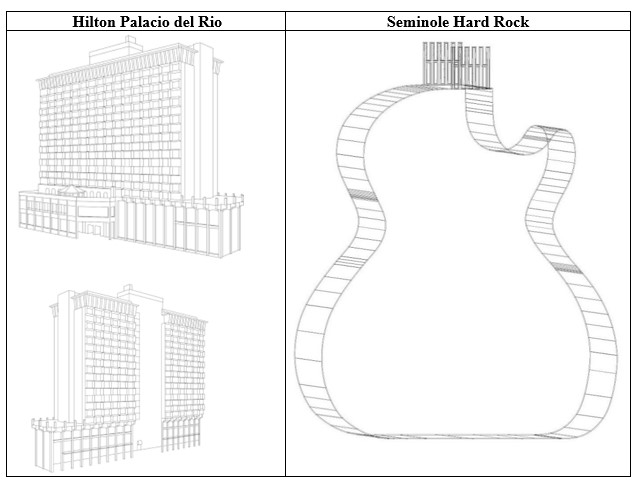The US Court of Appeals for the Ninth Circuit reversed and remanded a $1.7 million award of attorneys’ fees, finding the amount unreasonable compared to the benefit the plaintiffs received. Lowery v. Rhapsody International, Inc., Case No. 22-15162 (9th Cir. June 7, 2023) (Smith, Collins, Lee, JJ.)
Streaming music providers such as Apple Music, Spotify and Napster (formally Rhapsody International) have fundamentally changed the way we enjoy music. Gone are the days of the mixtape. But to bring these services, providers must license the copyrighted music and pay royalties to the owners. At the time this case was filed, the two main licensing paths available to streaming music providers required either direct negotiations with the owners or compulsory licensing by serving a notice of intent to each owner. These paths were unworkable and antiquated given the millions of songs that the providers were playing.
David Lowery and others sued Rhapsody in 2016 on behalf of a putative class of copyright owners. They claimed Rhapsody had infringed their copyrights by reproducing and distributing their musical compositions through its platform without a license. The parties eventually reached a settlement. Rhapsody agreed to pay a maximum of $20 million to the class members, but because an earlier argument effectively decimated the putative class, the actual payout to the class was just over $50,000.
Despite the low amount paid to the class, the plaintiffs’ counsel requested $6 million in attorneys’ fees. The request was based on a “lodestar” calculation, where the number of hours reasonably spent on the case is multiplied by a reasonable hourly rate, then adjusted up or down as called for by the peculiarities of the case. The plaintiffs’ counsel estimated its fees to be around $2.1 million, with a proposed 2.87 multiplier due to the “exceptional” results in a “complex” case.
The magistrate judge disagreed and recommended reducing the lodestar to $1.7 million because one-fifth of the hours spent were either unreasonable or improperly blocked billed. The judge also recommended further reducing the lodestar value with a negative multiplier in light of the limited benefit actually paid out. The district court took issue with the magistrate judge’s cross-checking of the lodestar value against the amount paid. The court noted that there was “no bright-line rule” to cross-check a lodestar value either against the claimed amount ($50,000 in this case) or the possible recovery ($20 million). However, the district court agreed with the magistrate judge’s lodestar calculation and awarded $1.7 million in attorneys’ fees. Rhapsody appealed.
The Ninth Circuit rejected the award, concluding that the $1.7 million award was unreasonable given the small benefit to the class members. The Court explained that the actual benefit to the class must be considered when assessing the value of a class action settlement. Here, the Court pointed out that the district court should have cross-checked any lodestar calculations to ensure that there was a reasonably proportional benefit to the class members. The district court also should have disregarded the $20 million settlement cap when [...]
Continue Reading
read more

 Subscribe
Subscribe



